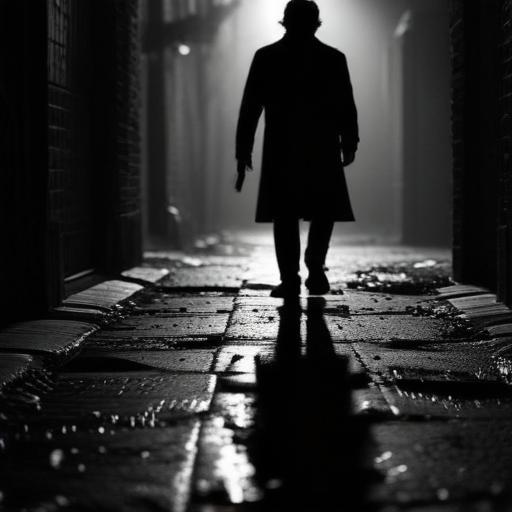Before Thanksgiving 2023, 20-year-old Thomas Crooks lived a seemingly ordinary life, engaging in typical online activities such as social media browsing, music streaming, and news consumption. However, beneath this facade, a disturbing plan for mass violence took shape. Crooks, already adept at compartmentalizing his life from a young age, began a secret endeavor that involved building explosive devices and plotting an assassination, all while pursuing an engineering career.
On July 13, 2024, Crooks attempted to assassinate former President Trump during a rally in Butler, Pennsylvania. He fired eight shots from a rooftop, narrowly missing the former president and tragically killing one person, firefighter Corey Comperatore, while injuring others. The reasons behind Crooks’ violent actions remain largely unexplained, as he left no manifesto or clear motivation.
This CBS News investigation reveals a comprehensive account of Crooks’ life, featuring interviews with friends, professors, and law enforcement. Known for his intelligence and diligence, Crooks was viewed as a dedicated student, scoring in the 99th percentile on his SATs and excelling in his engineering studies. However, despite maintaining strong academic performance, he increasingly isolated himself. Compounding this isolation, his online activities shifted dramatically to include searches for explosives and related topics, demonstrating a troubling duality in his existence.
Leading up to the assassination attempt, Crooks displayed signs of deteriorating mental health, as noted by those closest to him. His father and friends observed unusual behaviors, including erratic movements and talking to himself. Despite these warning signs, he remained largely undetected by those around him.
The days leading up to the attack were filled with meticulous planning. Crooks extensively researched the rally and gathered supplies for both his firearms and explosive devices. On the day of the attack, he was spotted acting suspiciously by local police before he climbed onto the roof where he executed his violent plan.
In the aftermath, unanswered questions linger about Crooks’ motivations and the systemic failures that allowed him to carry out the attack. His family has since retreated from public life, and community members note their absence, adding to the pervasive sense of unease.
In response to this tragic event, there is hope that the investigation may shed light on the mental health issues contributing to such violent actions, potentially paving the way for better understanding and prevention of similar incidents in the future. As society grapples with issues of isolation and the psychological well-being of young individuals, the hope remains for a more connected community that prioritizes mental health support and intervention.
